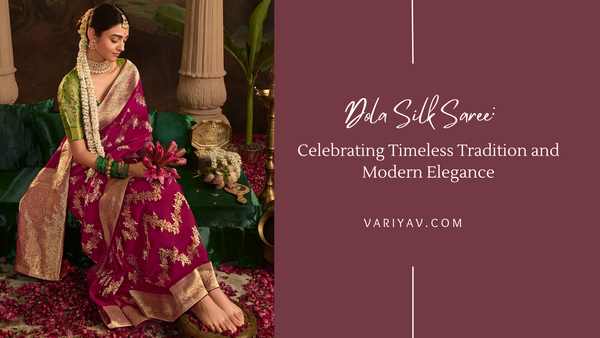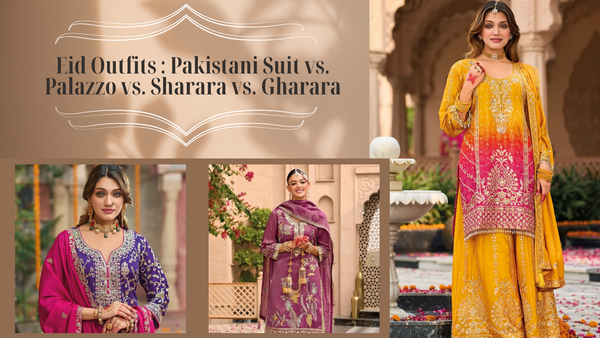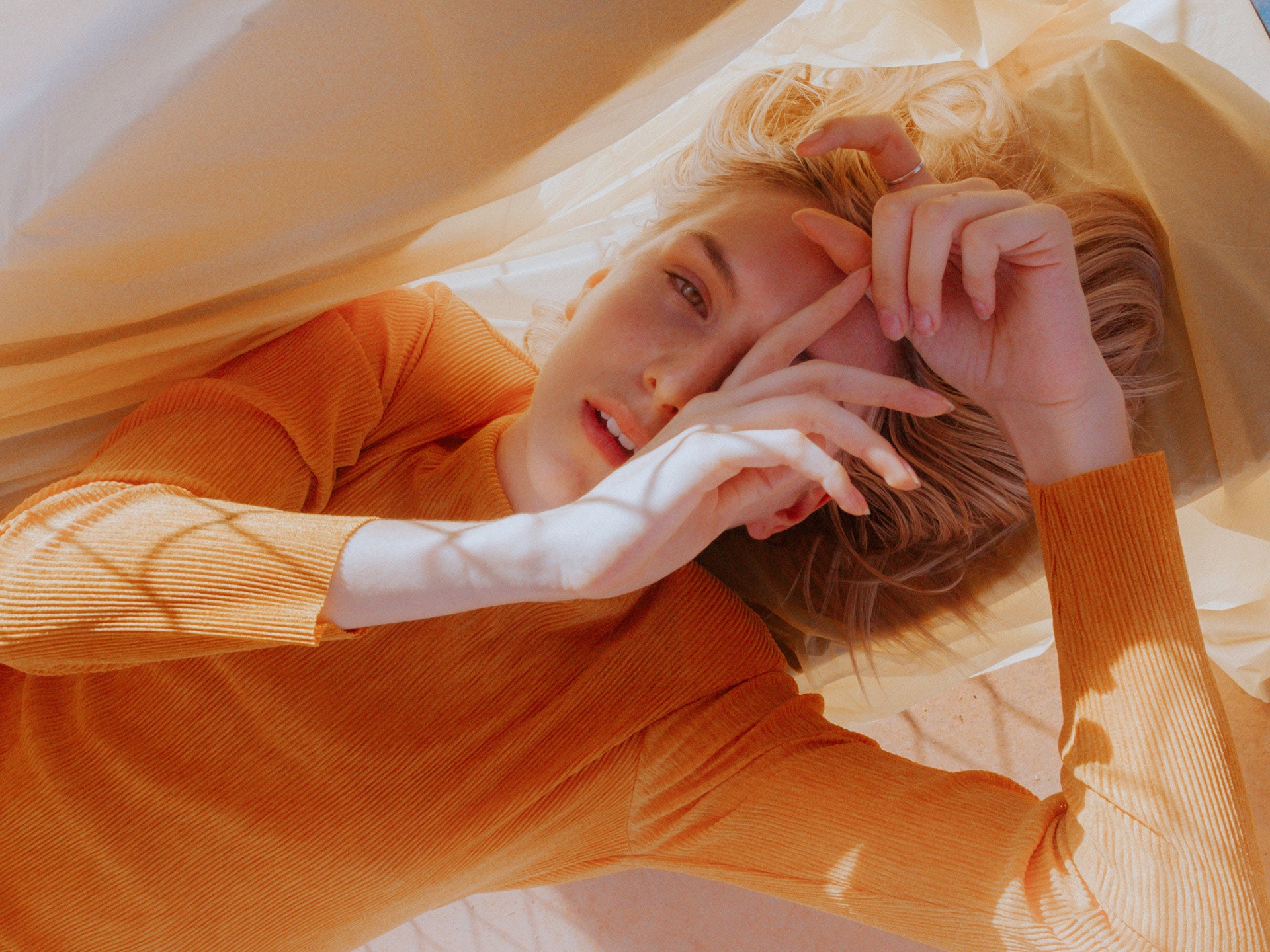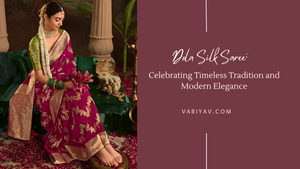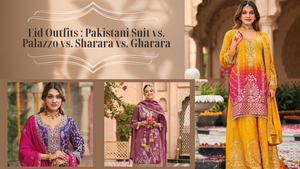what is ikat print?

Ikat print has been one of the oldest, most fascinating, traditional textile techniques that ever captured the hearts of fashion enthusiasts and textile aficionados across the world for many a century. Simply put, ikat is a technique in which threads are dyed prior to being woven into fabric. Much unlike printing, this pre dye technique requires that yarns be tied prior to their dyeing, whereupon, in the finished fabric, when it is woven, intricate patterns reveal themselves. Major forms of Ikat are mainly two in number: Warp Ikat, where the warp threads are dyed prior to weaving, and Weft Ikat, where the weft threads are dyed. In Double Ikat, both threads of the warp and weft are dyed to form complex, mesmerizing patterns.
Ikat is one of the techniques that have as rich and varied a history as it has pattern. Independently, it had its origins in Indonesia, India, Japan, and Central Asia; over several hundred years, the technique evolved in these ancient cultures. To many of these cultures, Ikat has been a method of fabric production but a very essential part of the ceremonial attire or the traditional dress. Quite frequently, the intricate designs and vibrant colors carry some cultural significance, reflecting the heritage and the proficiency of the artisans.
Ikat is an intensive process whereby first of all designs are made on threads which have to be carefully tied and then dyed. The technique of dyeing is complex since it is a resist method—one whereby the dye can't hit those parts that are tied. After drying subsequent to the dyeing process, these threads shall be interwoven into a fabric on traditional looms. Weaving brings these threads together into a final fabric, and the intrinsic complexity of these joined threads comes from the dyeing process itself.
Ikat prints have evolved huge popularity due to the very different fashion statement they make. These can be geometric, abstract, etc.; most of them have blurred edges much like a feather due to the process of resist dyeing. The uniqueness of the texture and depth this forms within the fabric is at once striking and sophisticated. The colors used in Ikat prints are bright and various, enhancing the charm of the fabric all the more.
However, much negligence has been shown toward Ikat prints in modern fashion and design. They get used in various modern ensembles like sarees, kurtas, and scarves, all of which give a feel of the ancientness to the contemporary outfit. Moreover, the Ikat prints find applications in home decoration fabrics in cushions, curtains, and rugs. This goes on to prove the very capacity of Ikat to merge traditional artistry with contemporary design trends.
Any beauty in Ikat fabrics calls for proper care and maintenance. Cold water and air-drying, rather than machine drying, is highly recommended to avoid running color and to prevent the damage of the said fabric. Keep Ikat garments in a cool, dry area to ensure the quality and durability of the item.
Interest in Ikat prints has so much gained ground, and thus they can be found in most boutiques that specialize or even in online stores. Indeed, some well-known brands and designers do Ikat prints in their collections, including apparel and items of interior decoration, to help celebrate this age-old artistic tradition.
Ikat printed silk saree
For Indian women who want to reflect heritage, go with ikat printed silk sarees. They beautifully represent rich history and beautiful craftsmanship. Double-ikat weaving is common in patola sarees. ikat printed sarees are made in Patan, which is located in Gujarat. Handwoven sarees with stunning geometric designs make a lovely appearance. Flowers, elephants, parrots, and human figures are common geometric and floral motifs. This creates elaborate, mirror-image designs on both sides of the fabric. Double-ikat weaving keeps complicated designs precise and vivid. ikat printed sarees traditionally use vibrant, contrasting colors.
- Wear ikat printed silk to honor centuries-old artistry. A fortunate and wealthy sign for a wedding. Due to painstaking hand-weaving, each saree has distinct patterns. The saree's rich texture and brilliant hues make it timeless.
- Pair with modern or traditional items for varied styles.
- To enhance ikat printed silk's rich appearance, pair it with gold jhumkas, bangles, and necklaces, as well as necklaces and chandelier earrings for an elegant look. If the saree is extensively patterned, wear minimal jewelry to highlight it.
Thus, any Ikat print variant stands to be an epitome of beautiful fusion between tradition and artistry. It shall remain a topic—from the very richness of history to intricacies of process and modern applications—that will always be very exciting. Have a look at our exclusive range on variyav.com and indulge in the pompous splendor of Ikat prints with this ancient technique.
FAQs:
1. What is so special about Ikat saris?
What really differentiates these Ikat sarees from others is the resist dyeing technique on threads, whereby patterns are always a little blurred or feathered. The interplay of these colors and the depth of design is what makes an Ikat saree totally different from other printed and woven sarees. The amount of craftsmanship going into making those patterns also makes them unique and of value.
2. Are Ikat sarees expensive?
Depending on the design complexity, the nature of the fabric in use, and the quantum of craftsmanship gone into it, a price for an Ikat saree can range from very pocket-friendly to very expensive. Obviously, a number of these Ikat sarees come with detailed patterns that require a lot of artisan work; however, again, the greater majority come in very affordable price ranges.
3. Is it Possible to Get an Ikat Saree on Order
In fact, many of the designers and boutiques do come up with solutions in Ikat saris. While color and pattern can be individualized, even the type of fabric can be. You can, of course, inquire directly from the designer further about the option for personalization.




